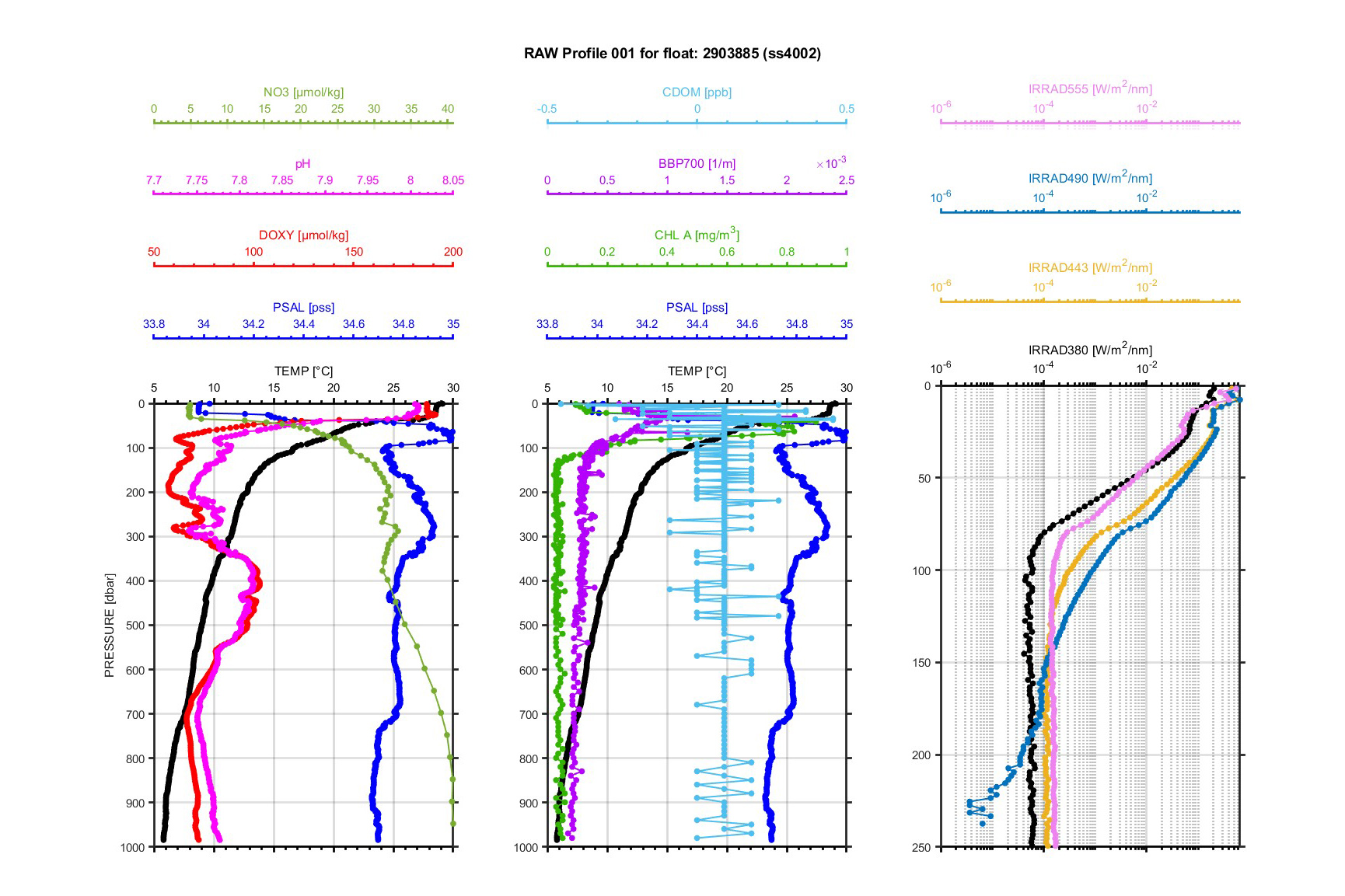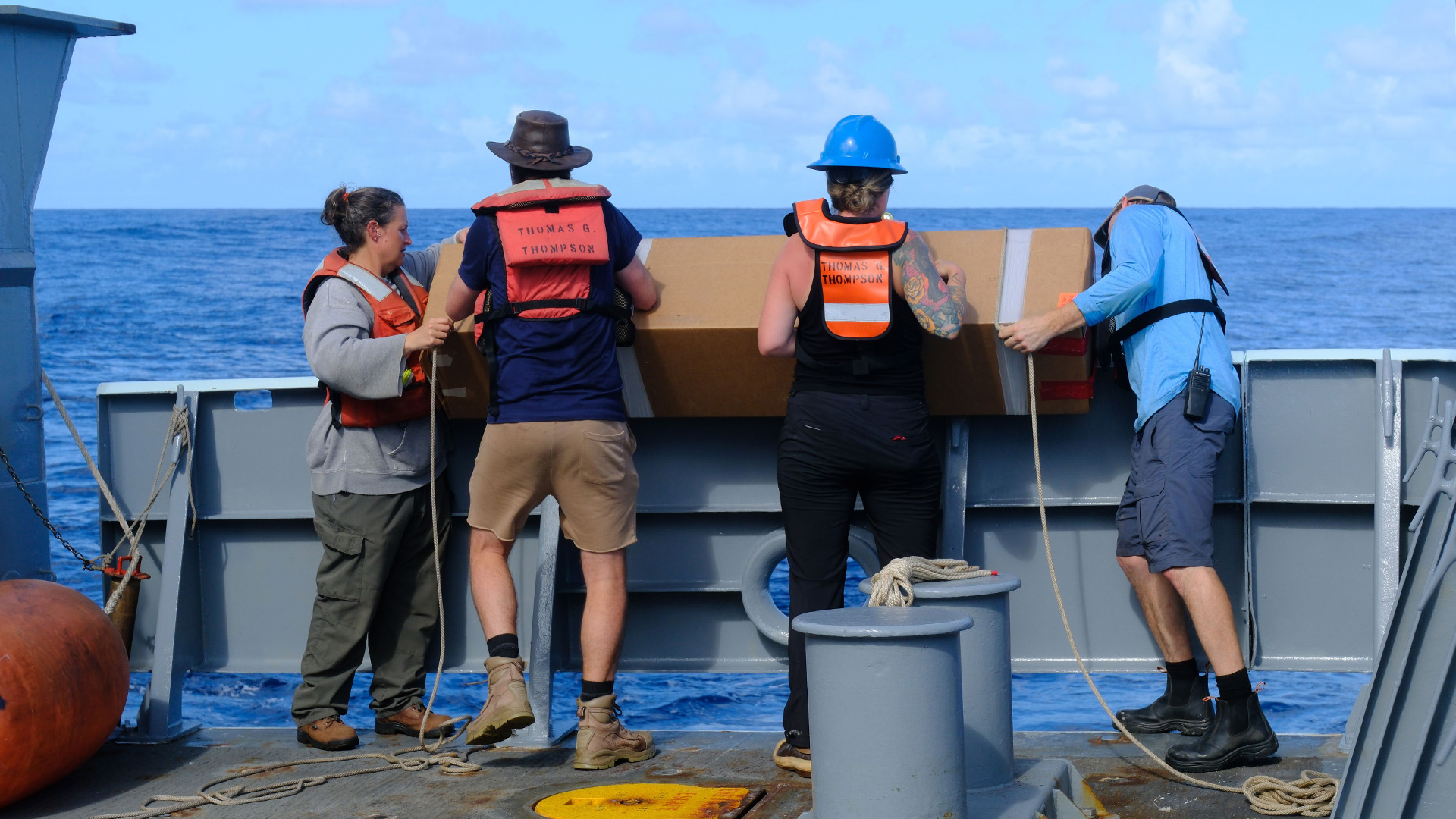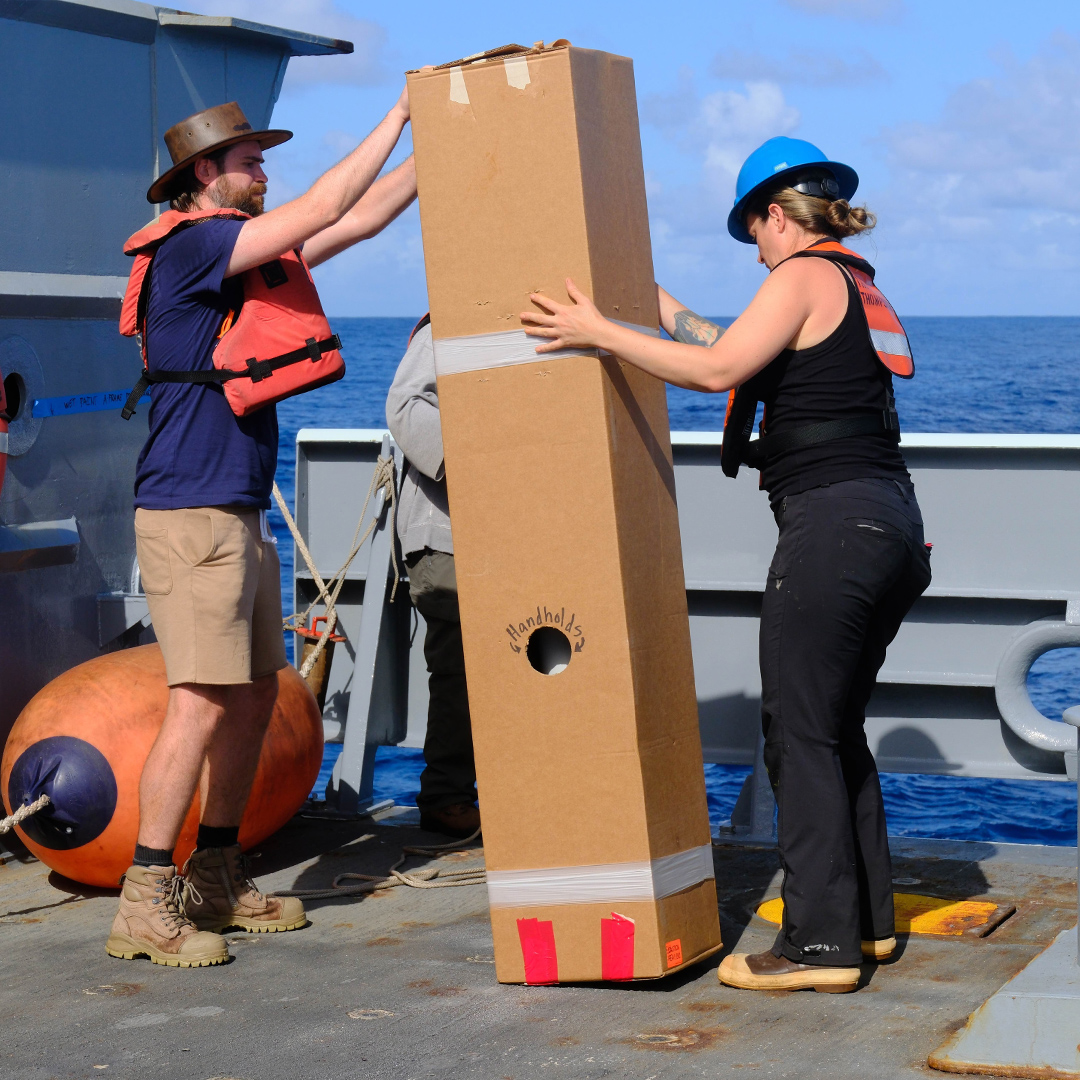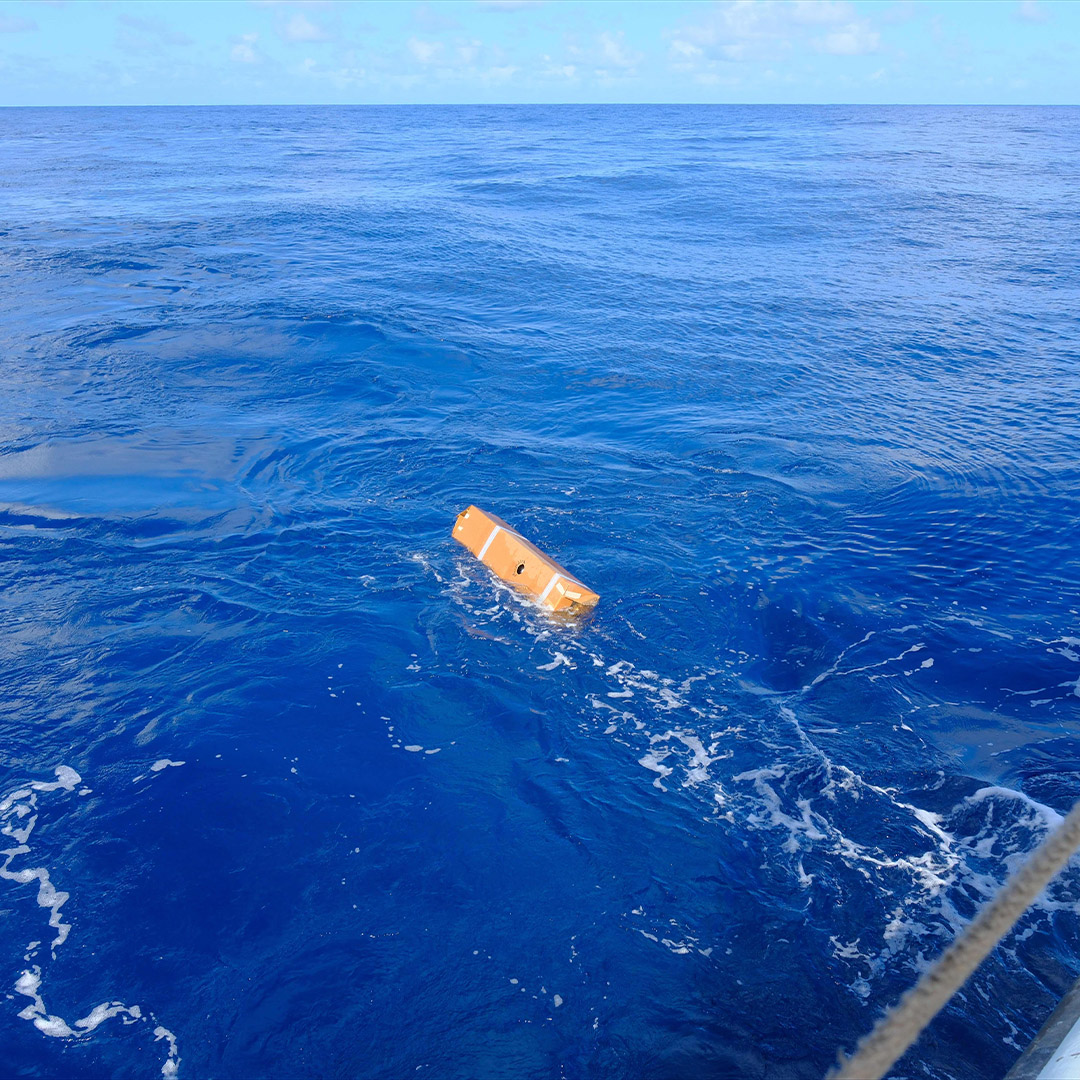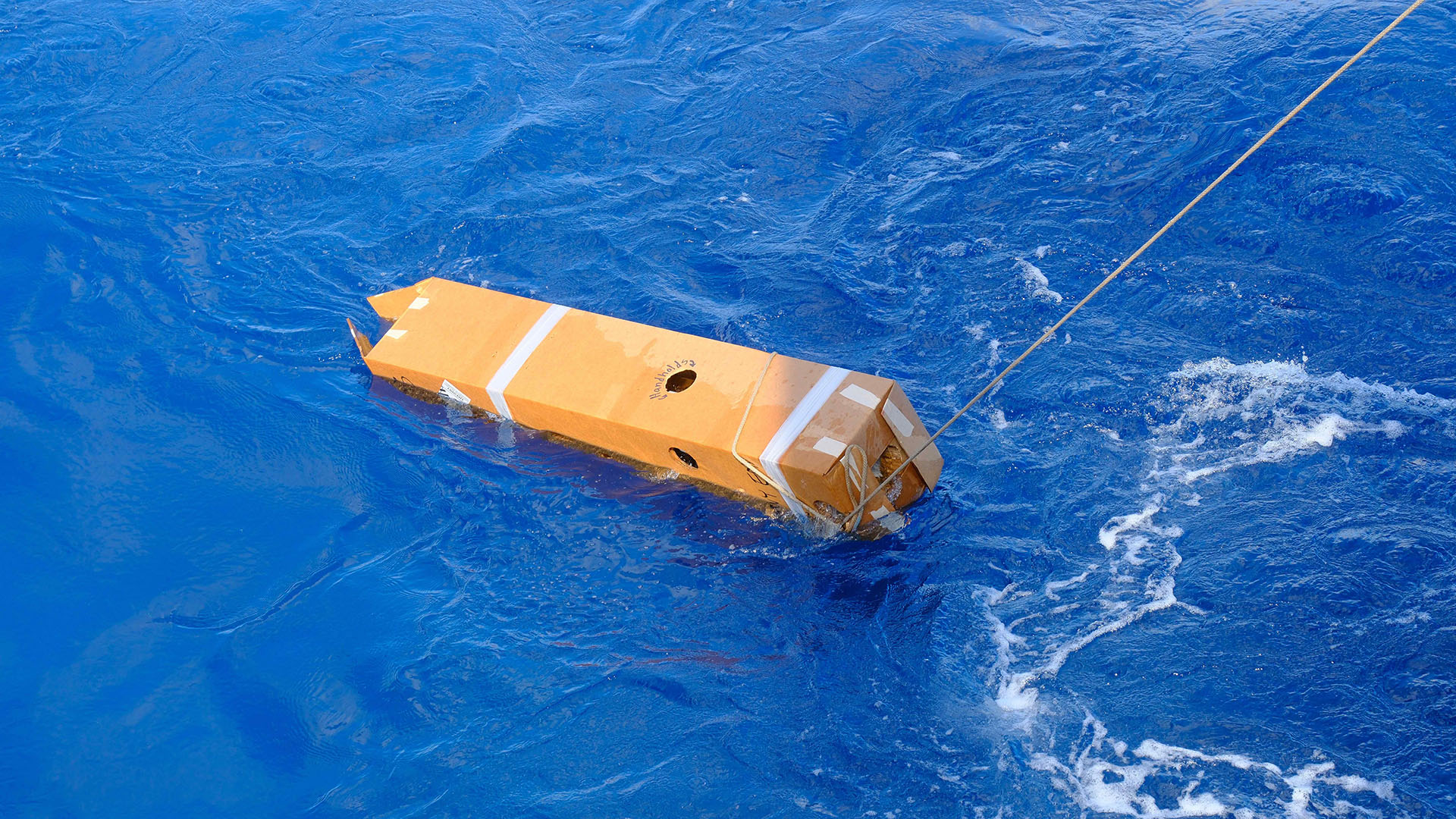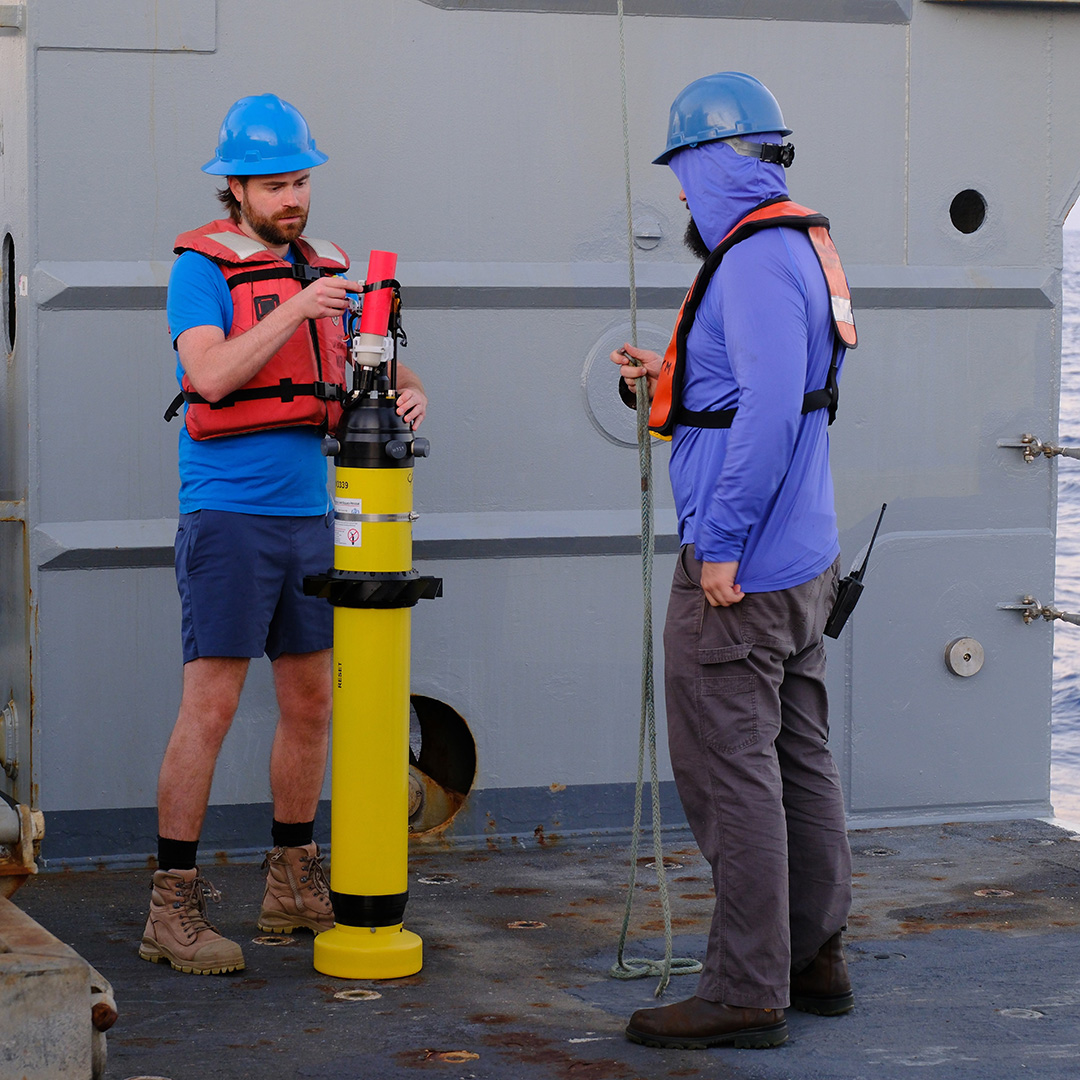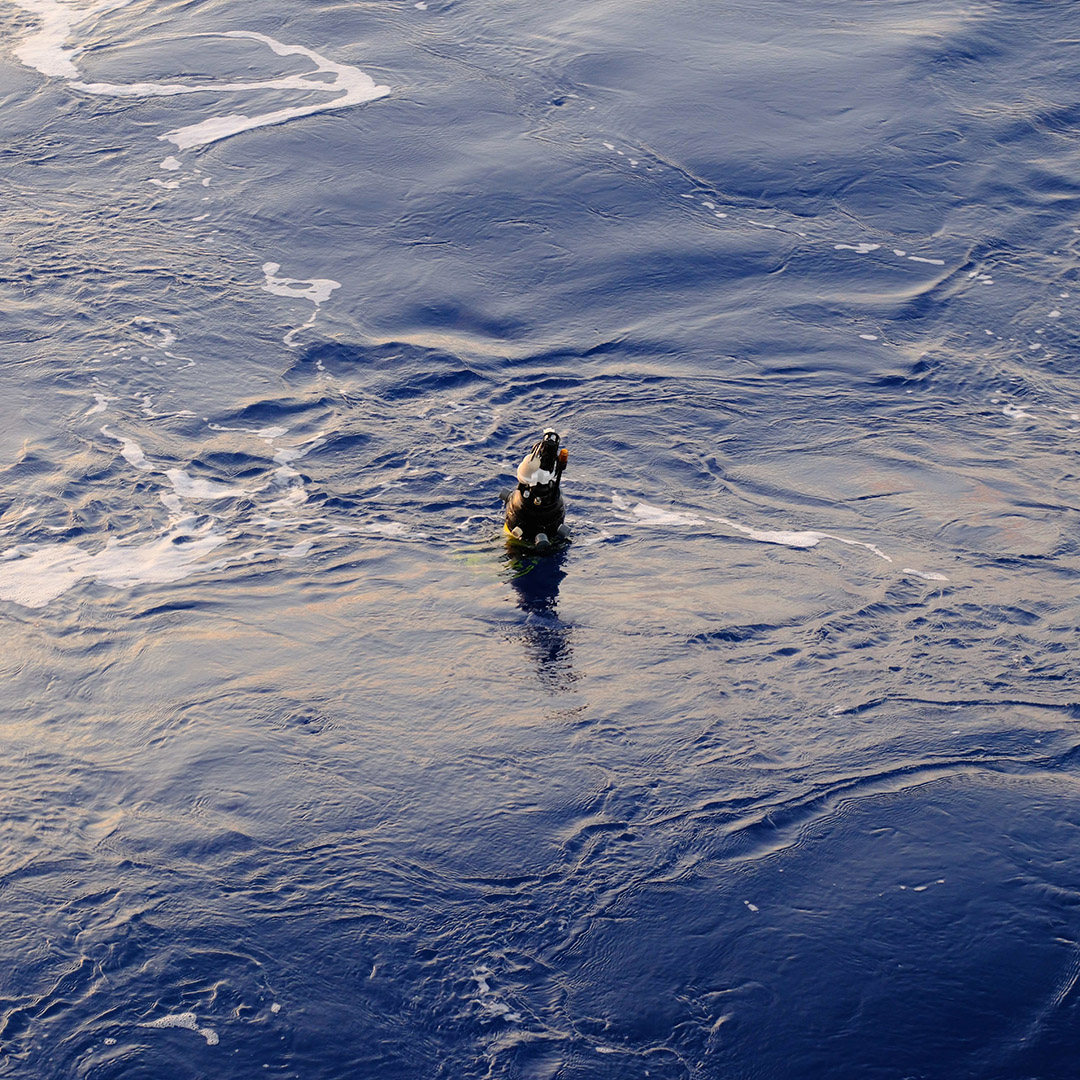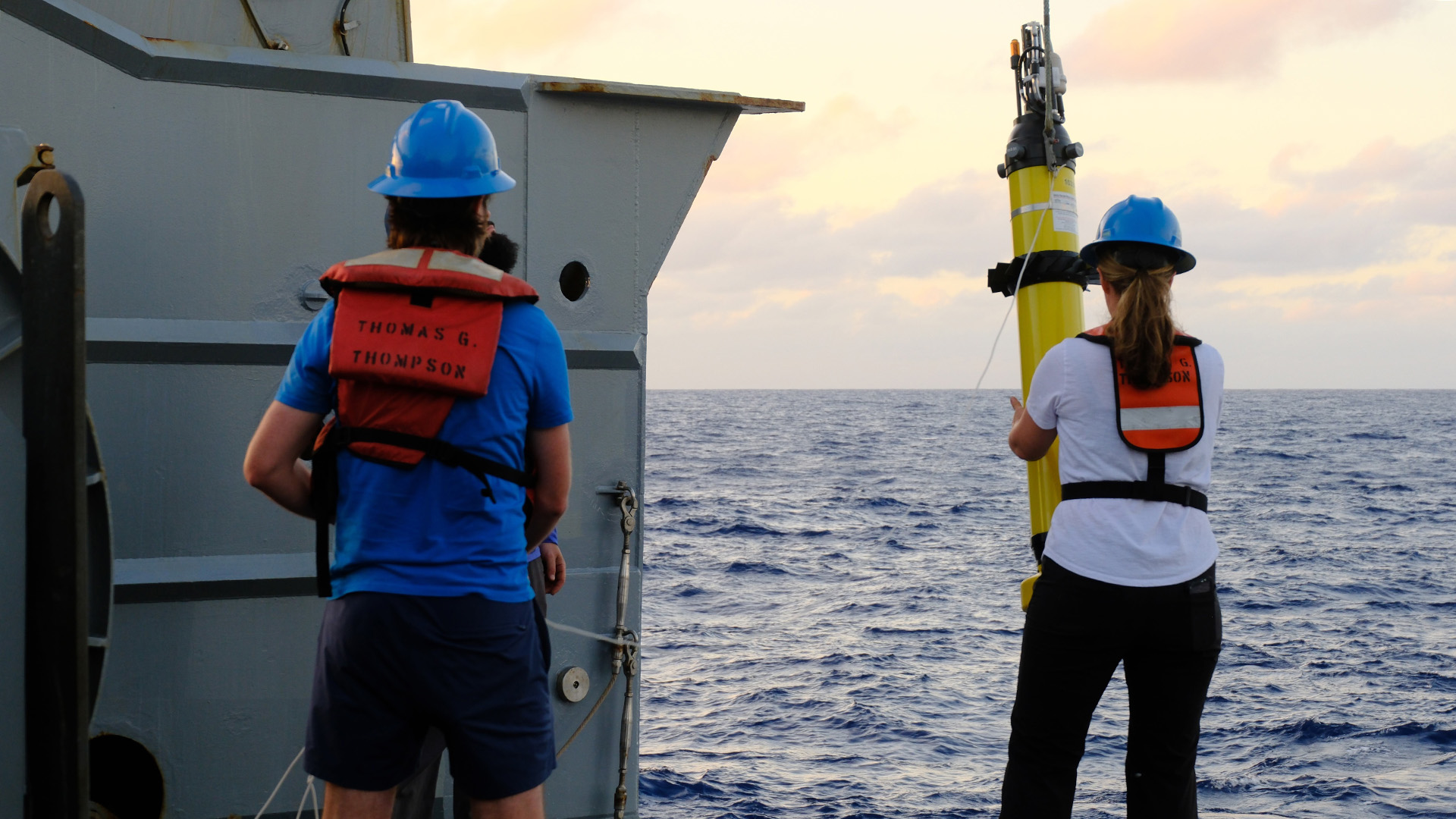On April 5th and 9th, we deployed our first two BGC-Argo floats! Everything went very smoothly for Floater the Explorer and Sakai Coho 2, adopted by Mission High School in San Francisco, CA and Sakai Intermediate School in Seattle, WA respectively. Compared to their cousins (namely, Core Argo floats, which we are also deploying), BGC-Argo floats are equipped with sensors that allow the measurement of numerous oceanic biological and chemical parameters. For instance, they can tell us about how much nutrients are in the water, how much light is penetrating the ocean, how big some of the sinking particles are and how much there are of them!
Floater the Explorer and Sakai Coho 2 are now on their way for an incredible journey that they will share with us every ten (10) days. They were deployed in their little boxes to ensure a smooth transition from bed to a new peaceful life in tropical waters. You can track their journey by simply searching for their credentials (Floater the Explorer is Float serial number 4002 and WMO 2903885; Sakai Coho 2 is Float serial number4032 and WMO 2903915) on the BGC-Argo Fleet Monitoring website. You can also find information on key parameters measured by each adopted float on the AdoptAFloatViz page. We will deploy five more of their siblings along the voyage; where they might meet up again somewhere in the middle of the Indian ocean for a family reunion, who knows?
Alongside the BGC-Argo, we also have been deploying several core floats (in their boxes too) and EM-APEX floats (yellow floats that are specifically designed to measure microstructures and internal waves). You can read more about the Sampling QUantitative Internal-wave Distributions (SQUID) Program here. It’s been a success so far!
I have been using BGC-Argo float data for my research for the last 3 years now, behind my laptop, to study biogeochemical cycles in the Southern Ocean, and I am FINALLY able to put my hands on the instruments that provide the data I work with, which feels like I have closed a loop, and can peacefully return to my coding obligation.
~Guillaume Liniger
About the Author — Guillaume Liniger is a postdoctoral fellow at MBARI and identifies as the Argo Float wrangler guy ![]()

